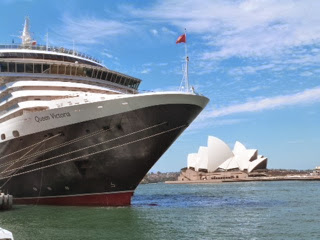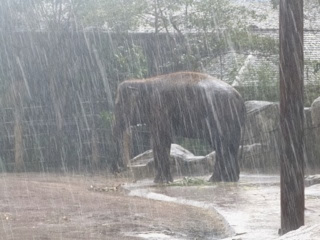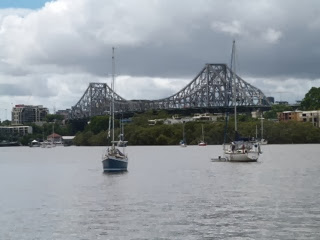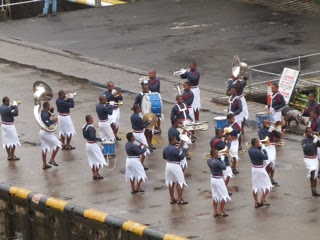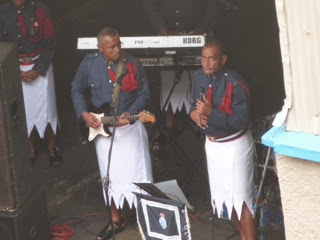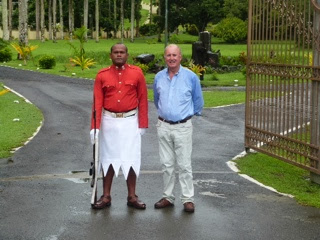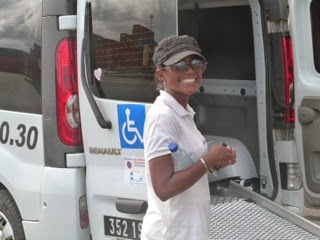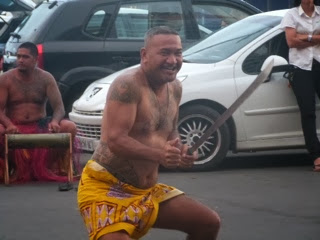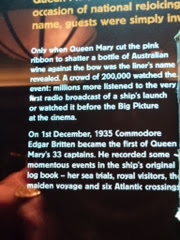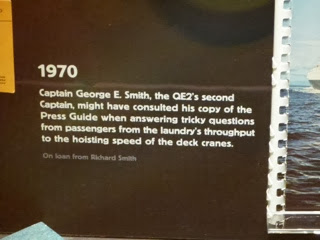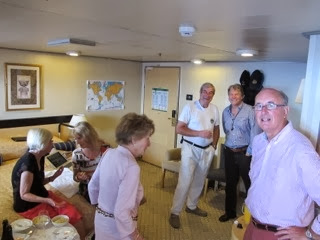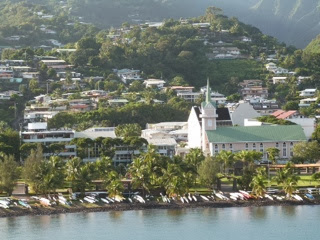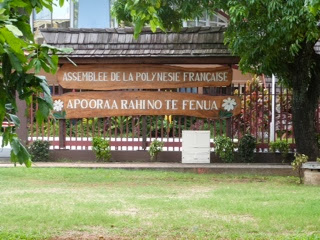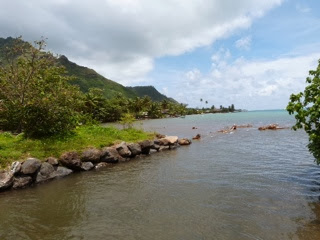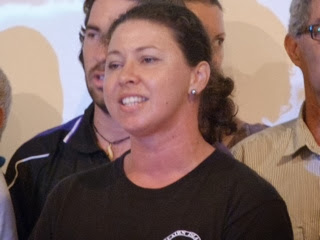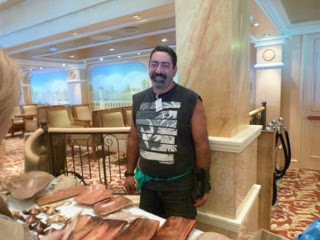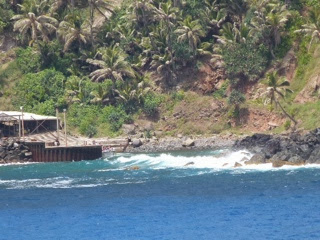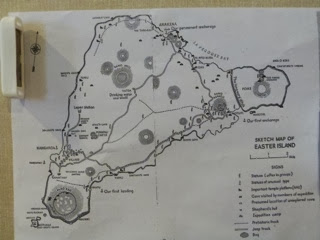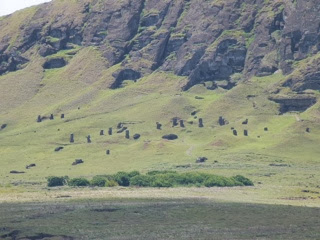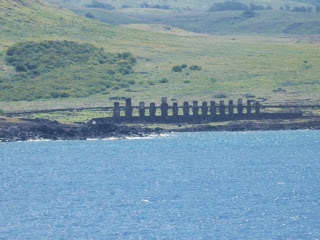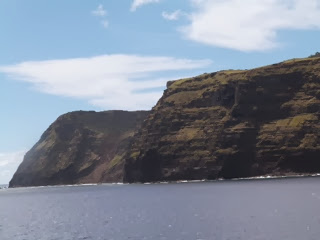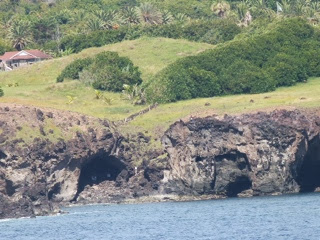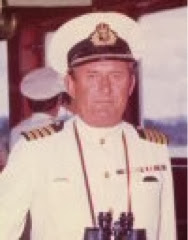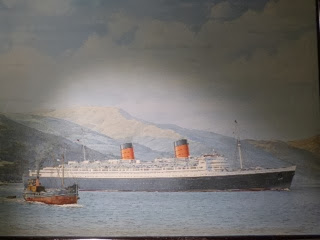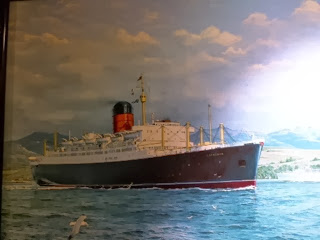Sydney has to be one of the world’s top ciites. I woke to my alarm at 0500 and shot out onto the balcony expecting to see the approach into Sydney Harbour through the Heads. I was too late. By then we were passing the Opera House and approaching our berth. And it was still dark, so an earlier alarm call would not have helped!
Brisbane
Brisbane marks the halfway point on this epic voyage. It is difficult to believe that we have been on the ship for nearly two months, but my waistline proves it.
Fiji and Noumea
Fiji’s welcome was loud and dramatic. At 0700 as we neared the quay we woke to the sound of a marching band. They marched and they danced. They rarely flagged but when they did take a break, a rock group, half hidden in the shed, played electric guitars at full volume.
Memorabilia
When Queen Victoria was being built in 2006/7, Cunard let it be known that they intended to set up an exhibition on the ship displaying memorabilia from the earlier Queens – the Queen Mary, the Queen Elizabeth and the QE2.
International Date Line
We crossed the International Date Line last night at about 2200 hours. There was a slight bump as we went over but no more than that. But sadly Monday 24 February proved to be a nothing day. It was a shame really. It just didn’t happen. I turned on Sky Sports News to find that it was still Monday for you in the UK but we had moved on to Tuesday.
Tahiti and Moorea
We were here in Tahiti last year when we had a fantastic day in the lush cattle country up in the hills.
Pitcairn Island
At 0630 as the sun rose above the horizon a small island lay ahead of us. We arrived off Adamstown at about 0800 as planned and shortlly thereafter a metal longboat packed with people was spotted motoring towards us.
Easter Island
We went round Easter Island yesterday. It might seem a strange thing to do bearing in mind that it is so remote and took us nearly 4 days to get there from Chile. Although you can fly there, and smaller ships do visit, we were considered to be too large.
Captain’s table
We received an invitation to sit at the Captain’s table last night. The Deputy Captain Simon Love was the host. Jane sat next to him and he was in excellent form. We knew that he had gone to sea as a young man, had gained his Masters ticket, but after marrying had left the sea. And after 17 years ashore he had returned, working initially for P&O and then for Cunard.
Captain George E Smith
As many of you will know my father, George Smith, was a Cunard man. Born in Grimsby, Lincolnshire in 1914, he went to sea when he was 15. He studied at the Grimsby Nautical College and joined the New Zealand Shipping Company as a cadet. He had been round the world 7 times before he was 21.


